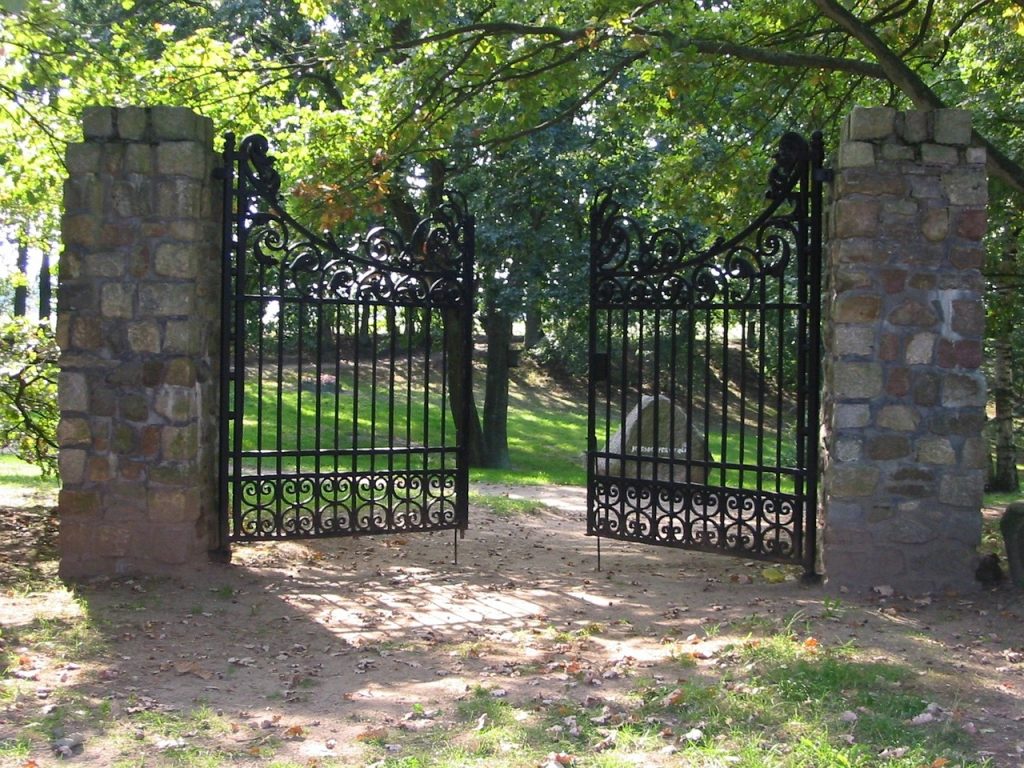
Galvanization is a process used to protect metal from rust and corrosion. It involves coating the metal with a layer of zinc, which acts as a barrier to moisture and other corrosive elements. This technique is commonly used for outdoor galvanized railings and other metal structures to ensure they last longer and remain in good condition.
Benefits of Galvanized Railings
Galvanized railings offer several benefits. The zinc coating provides a strong defense against rust, extending the lifespan of the railings. Galvanized railings are also low-maintenance, as they do not require frequent painting or treatment. They are ideal for use in harsh weather conditions, including rain and snow.
The Galvanization Process
Galvanization is a process used to protect metal surfaces from corrosion. It involves applying a protective zinc coating to the metal, which significantly enhances its durability and longevity. In this comprehensive guide, we will delve into the intricate details of the galvanization process, exploring its various methods and advantages.
Cleaning and Preparation
The initial step in galvanization involves thorough cleaning of the metal surface to eliminate any traces of impurities, such as rust, oil, or grease. This is critical for ensuring proper adhesion of the zinc coating to the metal substrate and optimizing the effectiveness of the galvanization process.
Immersion in Molten Zinc
Subsequently, the prepared metal is immersed in a bath of molten zinc, typically at a temperature of around 450°C (842°F). This immersion allows the zinc to form a metallurgical bond with the metal surface, resulting in the creation of a protective zinc-iron alloy layer.
Types of Galvanization
Hot-dip galvanization involves immersing the metal in a bath of molten zinc, allowing for a thick, robust layer of zinc coating to form on the surface. This method is particularly effective for large and heavy structures, providing exceptional corrosion protection.
Electro-Galvanization
In electro-galvanization, a similar protective zinc coating is applied to the metal, but through an electrolytic process. This method offers precise control over the thickness of the coating and is well-suited for smaller and more intricate metal components.
Advantages of Galvanization
- Corrosion Protection: The zinc coating acts as a barrier, safeguarding the underlying metal from corrosion caused by exposure to environmental elements.
- Longevity: Galvanized surfaces exhibit remarkable durability, and the protective layer significantly extends the metal’s lifespan.
- Versatility: Galvanization can be applied to a wide range of metal shapes and sizes, making it a versatile and widely utilized corrosion protection method in various industries.
Galvanization is an indispensable process for preserving the integrity of metallic structures and components. It plays a pivotal role in enhancing their resistance to corrosion and extending their operational lifespan.
Maintenance and Care
While galvanized railings are resistant to rust, regular maintenance is still important. Inspect the railings periodically for any signs of damage or wear. Clean them with a mild detergent and water to remove dirt and debris. Keeping the railings in good condition will help ensure their longevity and appearance.
Contact us today for all your wrought iron design needs. Our seasoned team will be happy to help you find the perfect design.




